Part 3: The control conundrum.
Existing VR systems have yet to solve the problem of immersive controls. Current systems mostly rely on the traditional gamepad style controls found in typical 2D gaming systems, with more advanced ones incorporating motion tracking to capture the position of the controller in space. Even the more advanced control methods are deeply reliant on the old control metaphors of 2D gaming, requiring the player to press buttons, squeeze triggers, etc. in order to interact with the world. In the world of 2D gaming, where the player is disconnected from the action taking place on the screen, these basic metaphors perform adequately, as the user has no expectation of immersive 1-to-1 controls. The fact that pressing a button in a 2D game causes a character to jump for example, makes sense when you are simply observing an image on a screen rather than taking the role of that character. In VR however, the immersive nature creates a different set of expectations in regards to interaction. Once you are completely encompassed in a virtual world, you take the role of the character rather than a passive observer. This means that you are naturally inclined to interact naturally as you would in the real world, i.e. by looking, touching, grabbing, rather than through a sequence of button presses.
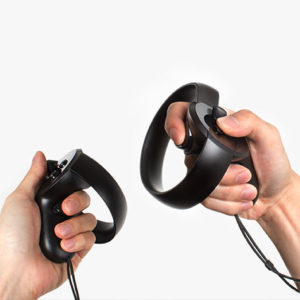
Oculus Touch controllers – the current gold standard of VR control
Although current VR systems are primitive in how they allow users to interact with the virtual world, this is rapidly changing with companies such as Microsoft, Leap Motion, and Fove developing systems that will allow users to interact with their hands and eyes, rather than through physical controllers. The Leap Motion for example, is a small device that is mounted onto the front of a head mounted display. This prototype device employs a pair of outward facing, depth sensing cameras to track the position of your hands and fingers in real time. These movements are relayed to the VR software, allowing you to interact with a virtual world using nothing but your hands. The Fove is a prototype headset that uses an internal infrared camera to capture a real-time image of the user’s eyes. Pupils and other landmarks are tracked in order to determine the exact direction of the player’s gaze, allowing direct interaction based on eye movement. In the near future, VR headsets will most likely come pre-equipped with hand tracking, eye tracking or both. With these technologies built in, users will be able to interact with the virtual world as naturally and intuitively as they do the real world. By purchasing an expensive VR system now, you would be missing out on these superior control methods and would be locked into using clunky controls that are better suited to a 2D world.

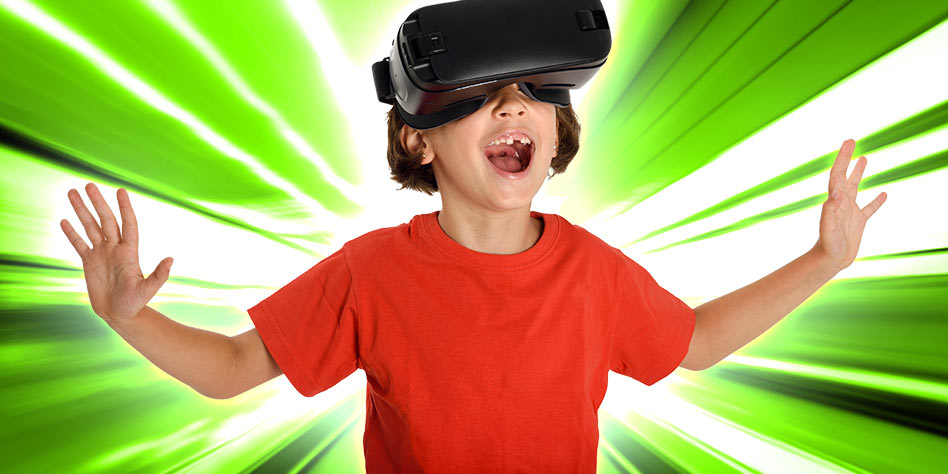
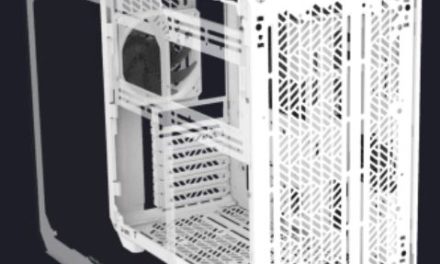
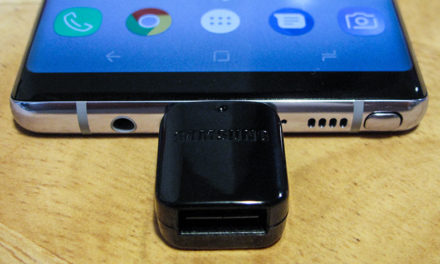






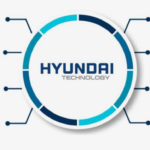
I simply could not leave your site before suggesting that I actually enjoyed the usual info a person provide for your guests? Is gonna be back ceaselessly to check out new posts|
You are my inspiration , I own few web logs and occasionally run out from to post .